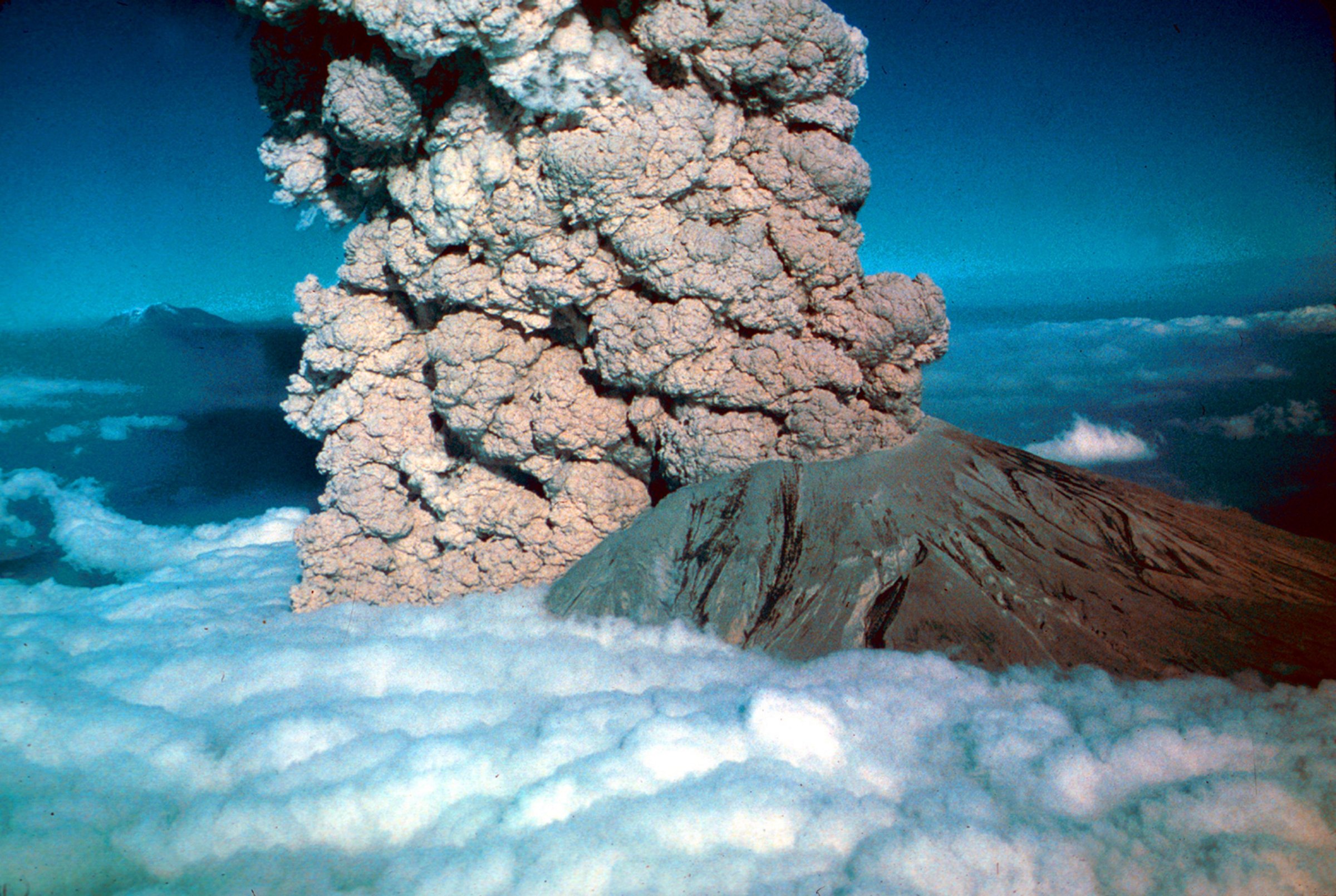
It was small by volcanic standards, but massive by human ones: on this day in 1980, Mount St. Helens erupted in what the National Oceanic and Atmospheric Administration calls “the deadliest and most economically destructive volcanic event in the history of the United States.”
Though the blast generated “about 500 times the force of the atomic bomb dropped on Hiroshima,” TIME reported in a cover story, it was seen as a “middling” explosion for a volcano. Still, it killed 57 people and thousands of animals and left the mountain itself 1,300 feet lower. As TIME reported:
Clouds of hot ash made up of pulverized rock were belched twelve miles into the sky. Giant mud slides, composed of melted snow mixed with ash and propelled by waves of superheated gas erupting out of the crater, rumbled down the slopes and crashed through valleys, leaving millions of trees knocked down in rows, as though a giant had been playing pick-up sticks.
Today, National Geographic reports, a “baby volcano” is growing inside the crater as magma builds up in its center. While that doesn’t pose an immediate threat to the region, it is indicative that the volcano is alive and well—a fact that may be troubling to residents of the Pacific Northwest.
“The volcano is still living and breathing,” Smithsonian volcanologist Stephanie Grocke told National Geographic.
More Must-Reads From TIME
- The 100 Most Influential People of 2024
- The Revolution of Yulia Navalnaya
- 6 Compliments That Land Every Time
- What's the Deal With the Bitcoin Halving?
- If You're Dating Right Now , You're Brave: Column
- The AI That Could Heal a Divided Internet
- Fallout Is a Brilliant Model for the Future of Video Game Adaptations
- Want Weekly Recs on What to Watch, Read, and More? Sign Up for Worth Your Time
Contact us at letters@time.com